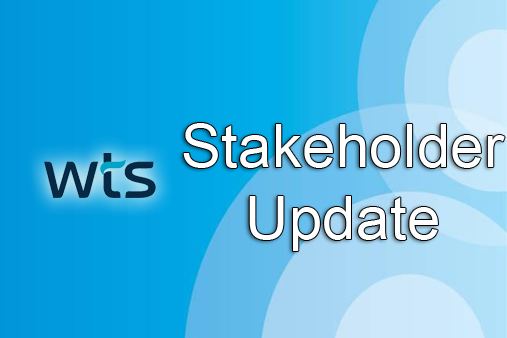The Framework is in Place
As we strive to power a more circular economy as stakeholders together, there stands in our way one regulatory piece that if adopted at the state level, could unleash innovation, collaboration and accelerate our progress.
USEPA has long held an interest in promoting responsible Hazardous Waste Recycling by providing various exclusions in the Resource Conservation Recovery Act (RCRA) to allow for generators and other stakeholders to reuse/recycle and reclaim Hazardous Wastes that would end up being disposed of instead.
The agency does this through the establishment of appropriate conditions that must be met by all parties involved. A recent example of this is the new Definition of Solid Waste rule that was first introduced in 2008 and since has been modified in both 2015 and 2018. A primary intent of the rule was in fact to promote responsible recycling by allowing for wastes to be reclassified as Secondary Hazardous Materials eligible for reclamation as opposed to being sent for disposal.
Again, I reiterate, the primary intent of this rule is to promote responsible recycling by reclassifying the material to be eligible for reclamation rather than disposal. Materials can be reclaimed as a usable product, reducing waste, conserving natural resources, saving energy, reducing costs.
So the framework is in place, established by the USEPA at the Federal Level, but here is the catch… under RCRA, the individual states with RCRA authorized programs must adopt the rule. To date only 13 states have adopted the entire 2018 rule. As a further barrier to commerce, both the state where the material is generated and the state where the material could be reclaimed must have adopted the entire 2018 rule.
By way of example, say a generating location in Massachusetts has a solvent stream with water. Perhaps a facility in New Jersey can reclaim the solvent from this stream, it is still not possible for this to occur. The State of New Jersey has adopted the entire 2018 rule and Massachusetts has not. As a result, this material must be shipped as a hazardous waste to a permitted TSDF facility further limiting the opportunity to minimize hazardous waste generation and provide for a circular transaction whereby the solvent material is reclaimed and used in a new product/process.
As more states adopt the entire 2018 rule we would see the opportunities open up exponentially for:
- Manufacturers to offer their material for reclamation
- Manufacturers to receive a material that they are able to process and use in their process
- Powering of circular economy through matching up producers and reclaimers in states that have adopted the rule
- Reduction in Hazardous Waste Generation
- Preservation of Natural Resources
- Creating some relief within supply chains given the current dearth of available raw materials
- Cost Savings and Operational Efficiencies
I look forward to discussing this regulatory impediment over the next weeks within our industry associations and am open to any thoughts our stakeholders have on advancing this game changing regulatory framework through unanimous state adoption.
Thanks for your continued partnership, may we all continue to work together for good!

